Lin Dong Manning | the flavor and characteristics of classic black coffee in Sumatra, Indonesia
Mantenin's raw beans are actually unpleasing, but the cooked beans after baking are beautiful and full in color. Lin Dong Mantenin of Qianjie Coffee highlights the characteristics of Indonesia's Mantenin region. Flavor is the excellent taste in the classic, the taste is more strong, full-bodied with mellow and rich and lively dynamic, not astringent but not sour, mellow and bitter can be fully revealed. Manning is considered to be the richest coffee in the world. When you taste it, you can feel the obvious lubrication on the tip of the tongue. It also has a low acidity and a hint of herbal aroma.
[Qianjie Coffee, Indonesia Lin Dong Manning]
Country: Indonesia
Grade: G1, 3 times hand selection
Producing area: Sumatra
Treatment method: washing method
Altitude: 1100-1600 m
Flavor: baked toast, nuts, pine, caramel, herbs
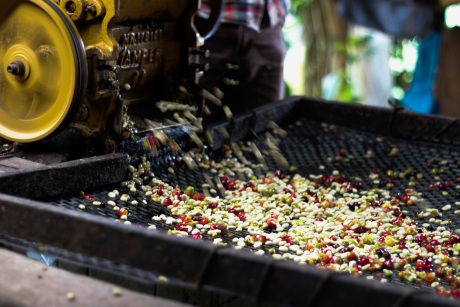
| 01 | production area profile |
The source of Manning
Mandenin is not the name of the producing area, the place name, the port name, nor the name of the coffee breed. The origin of its name is actually a phonetic error of the Mandaining mandheling people in Indonesia. Mantening Coffee during the Japanese occupation of Indonesia during World War II, a Japanese soldier drank mellow coffee in a cafe, so he asked the shopkeeper the name of the coffee, and the owner mistakenly thought he was asking where you were from, so he replied: Manning. After the war, the Japanese soldiers recalled the "manning" they had drunk in Indonesia. As a result, 15 tons of Indonesian coffee was transported to Japan, which was very popular. That's how Manning's name came out.
Manning is divided into all kinds of place names, such as Lin Dong Manning and Golden Manning and so on. What is the difference between them? Locals, coffee beans widely grown in Sumatra and other Indonesian islands are almost all called Mantenin, which are used to distinguish between different regions according to different regions and raw bean merchants. There are a total of four types of front street coffee: Lin Dong Manning, Golden Manning, Tiger Manning and Old Manning.
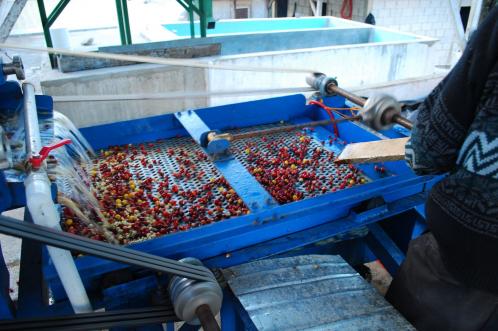
What is the G1, G2, G3, G4 grading method?
Indonesian coffee beans are classified according to the proportion of defective beans. Indonesian beans are mainly divided into six grades, namely G1~G6.
Indonesia is the largest archipelago country in the world. Arabica tree species coffee was introduced and planted as early as the Dutch rule in the 18th century. The main producing areas are in Sumatra, Java and Sulawesi. The deep, low-acidity and rich taste of Mantenin makes people call it "the most important coffee in the world". Among them, Sumatra has the largest output, and the largest producing area is Aceh in the north.
The southeast of Sumatra faces Java across the Sunda Strait, the north faces the Malay Peninsula across the Strait of Malacca, the east borders Borneo through the Strait of Kalimada (Karimata), and the west borders the Indian Ocean.
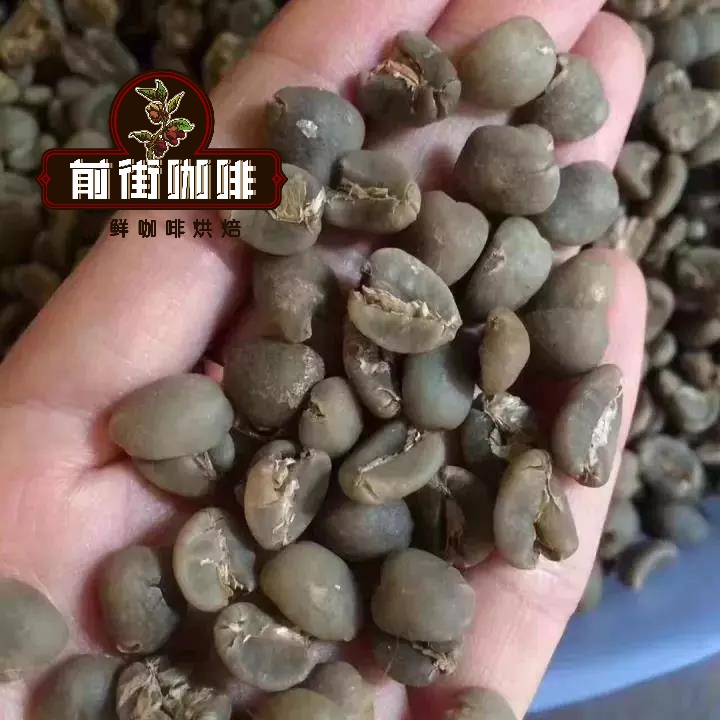
Tibika was transplanted from India to Indonesia at the end of the 17th century. After hundreds of years of cultivation, a variant of Tibika has been developed in Sumatra. It is smaller than the native species, but it retains the delicacy of Tiebika. Mantenin coffee beans have large granules and hard beans, and they are prone to defects in the process of planting. After harvest, they are usually subject to strict manual selection. If the control process is not strict enough, it is easy to cause a mixture of good and bad quality. in addition, the different degree of baking will also directly affect the taste, so it has become a more controversial single product.
Mantenin, also known as Sumatran Coffee, is produced in Lake dopa in Sumatra Province and Lake Tawa in Aceh. This is the famous "Shuangman of the two lakes".
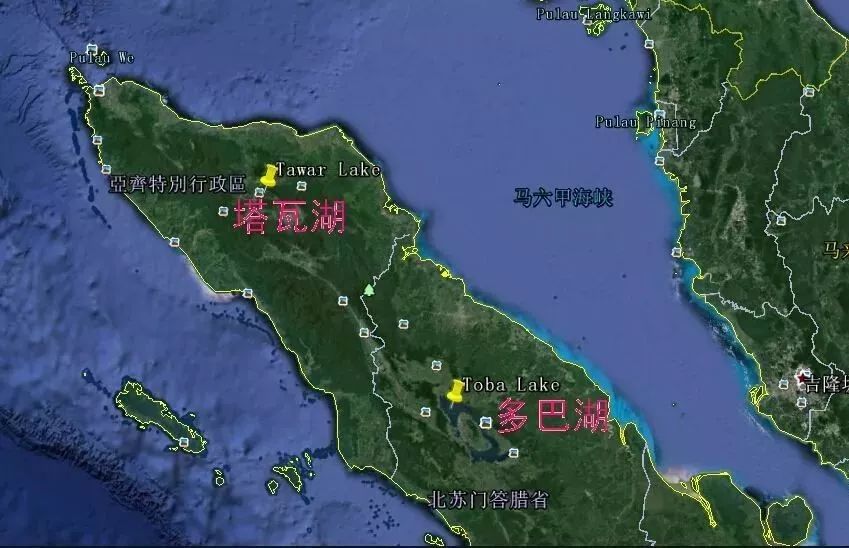
Indonesia is the largest archipelago country in the world. Arabica tree species coffee was introduced during the Dutch rule in the 18th century. The main producing areas are located in Sumatra, Java and Sulawesi, southeast of Sumatra and Java across the Sunda Strait, north across the Strait of Malacca and Malay Peninsula, east across the Strait of Kalimada adjacent to Borneo, west bordering on the Indian Ocean.
About [Lake Toba]
Mantenin, also known as "Sumatran Coffee", the hometown of high-quality Manning, the Toba Lake District, is located at the northern end of the Indonesian island of Sumatra.
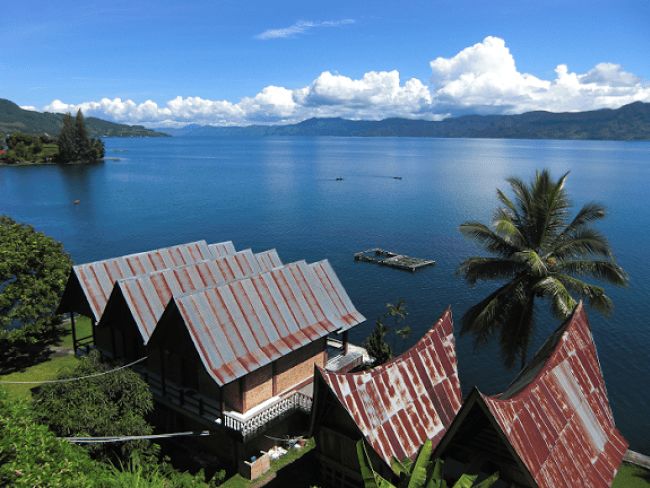
Lake Toba (Indonesian: Danau Toba, English: Lake Toba) is a volcanic lake located in northern Sumatra, Indonesia. The lake is diamond-shaped, 100km long and 30km wide, covering an area of 1130 square kilometers, with an average elevation of about 900m. It is also the largest volcanic lake in the world.
Lake Lintong, located in the central part of North Sumatra Province, was moved northward to Lake dopa by Dutch colonists in 1888. The area between Lintong and Lake Toba (Medan) in South Sumatra can be called Mantenin, which is produced in the mountains around Lake Toba. The lake is located in the north of Medan, the capital of Sumatra, and belongs to alpine freshwater lakes. The average height is about 900 meters above sea level. Mantenin usually refers to Tibica or its variants of coffee beans grown in the mountains around Lake Toba.
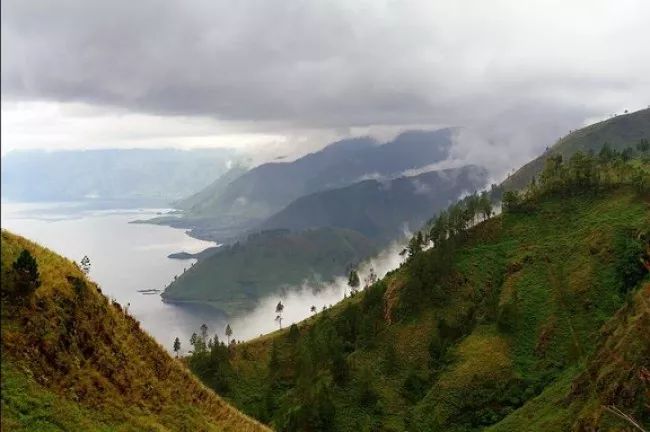
[about Lake Tawa]
Lake Tawa is located in the Gayo mountains north of Aceh province in Sumatra.
Lake Tawa is located in the middle of the Aceh Special Administrative region. Located in the northern tip of Sumatra, North Sumatra produces mostly Gayo. Lake Tawa, which is dominated by ateng, can be called Aceh Coffee or Lake Tawa (Tawar lake) coffee. The area is less than 1/10 of Lake dopa. However, the quality and output of coffee have surpassed that of Lake dopa in recent years.
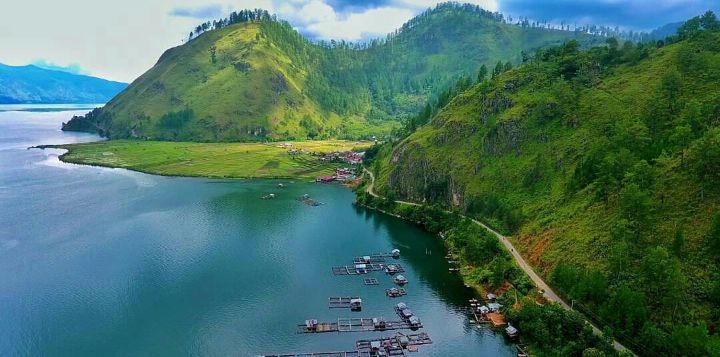
02 | processing method
Wet planing, also known as wet shelling Wet Hulling, also known as Giling Basah in the local language, is a traditional Indonesian coffee treatment. Judging from the name alone, the wet planing method is very similar to the wet treatment (water washing treatment). However, the cup flavor of the two treatments is very different. The coffee treated by the wet planing method is usually mellow and strong, and the personality is very distinct.
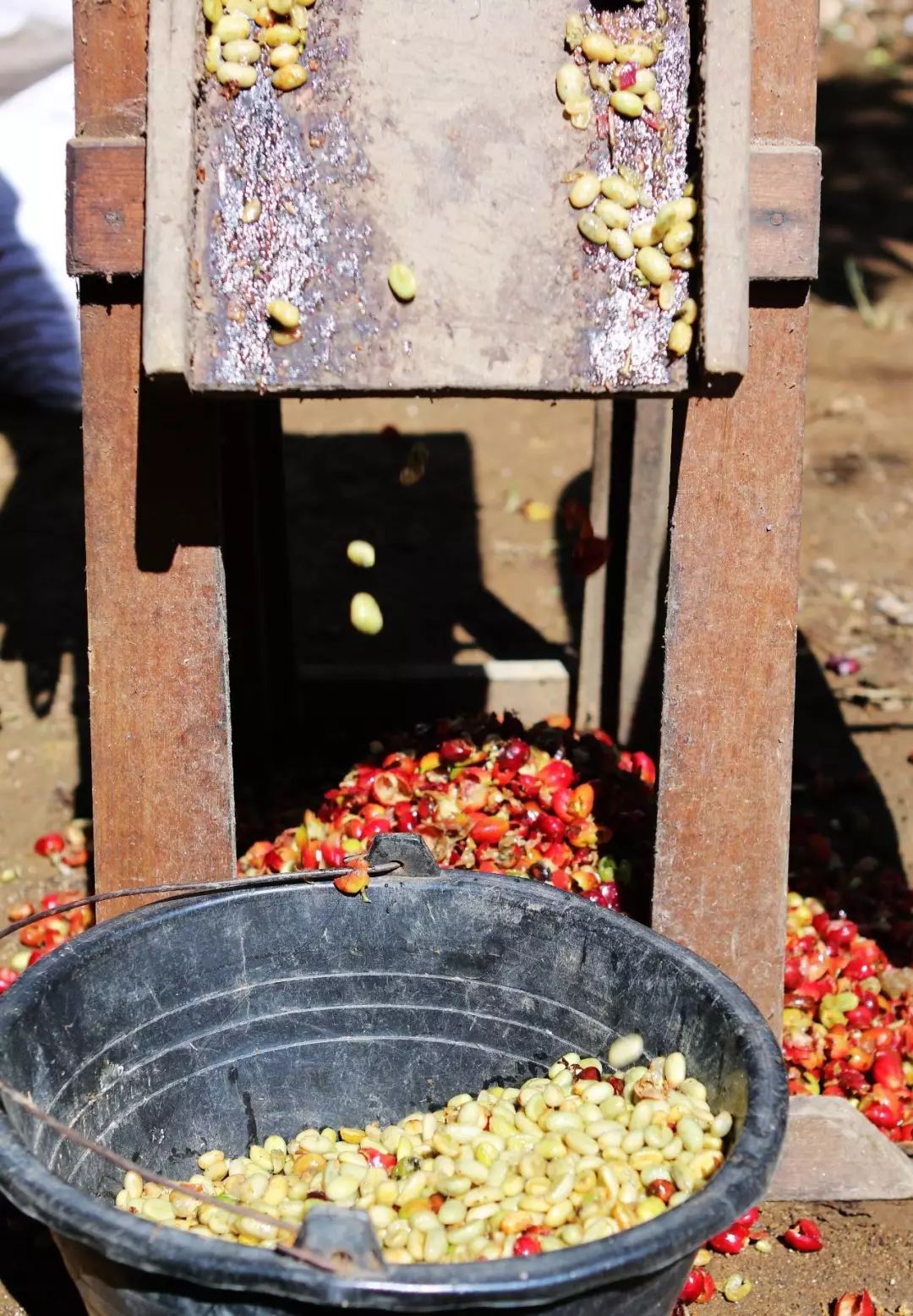
Steps of wet planing treatment
① removes peel and pulp and retains parchment and mucous membrane.
② tank fermentation
③ washing off mucous membrane
④ with parchment is sun-dried for 2-3 days to 20-24% moisture content.
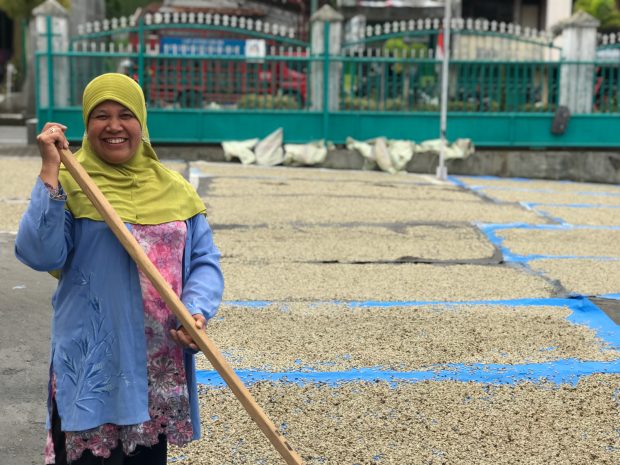
⑤ scraped off the parchment
⑥ dries raw beans to 12-13% moisture content.
⑦, prepare for exit.
Lin Dong Manning G1 Lintong Mandheling Grade-1
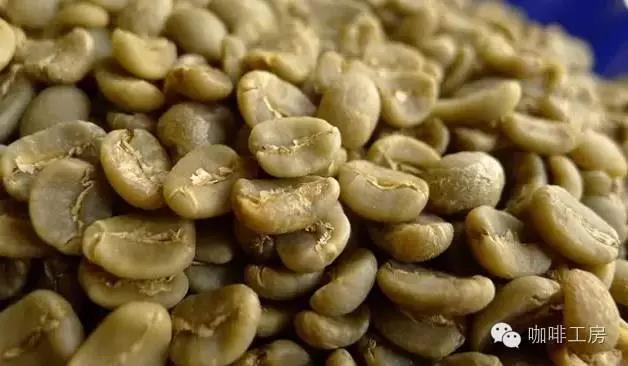
The most famous coffee producers in Asia are the islands of Malaysia: Sumatra, Java and Kaliman. Sumatra Manning coffee from the Indonesian island of Sumatra is the most famous.
Mantenin coffee is produced in Lake dopa in Sumatra Province and Lake Tawa in Aceh. This is the famous "Shuangman of the two lakes". What the Shuangman of the two lakes have in common is that they are both thick and mellow. the difference is that the mantenin of Lake dopa is more stuffy, low and even has the smell of immortal grass, while Mantenin of Lake Tawa is more acidic, sometimes with a smell of cedar or wood.
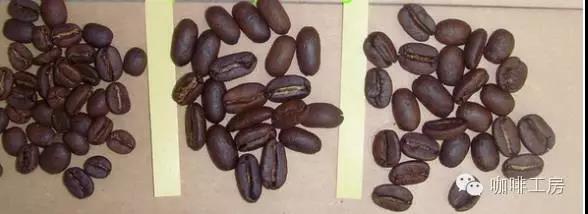
From left to right are Lin Dong Manning G1, horse noodle Manning, Golden Manning respectively.
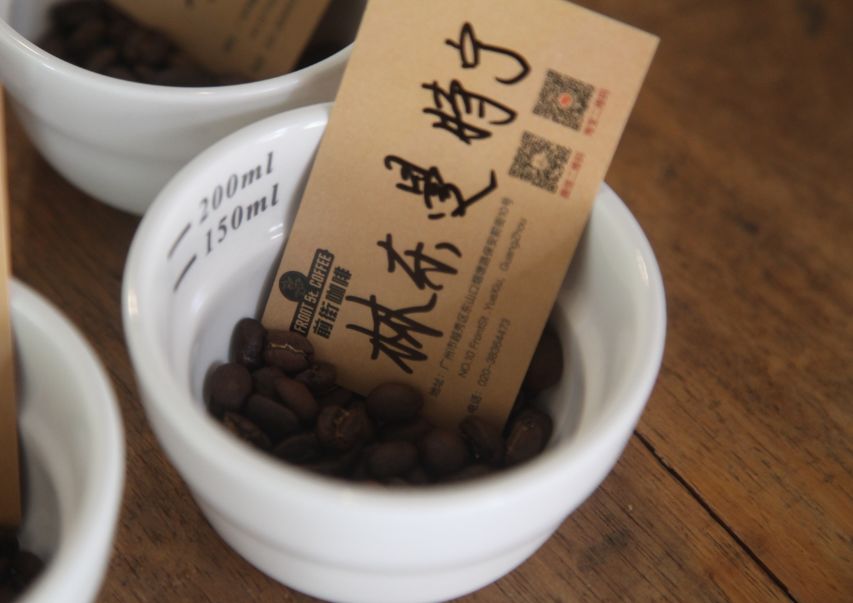
[Qianjie Coffee Lin Dong Manning] Flavor description
1. Palate: full-bodied, sweet and bitter, strong and irritating on the palate, lilac, woody aroma, medium and deep baked mantenin with low acidity, spice and mint taste, and strong and persistent thick sweetness.
2. Aroma: dry aroma has the flavor of glutinous rice, malt, spice, caramel and wood. the wet aroma after adding hot water is dark aroma of baked caramel and pine, plus a hint of soil.
3. Vision: the grains are full and symmetrical. After baking, the beans are very large, and the raw beans are brown or dark green.
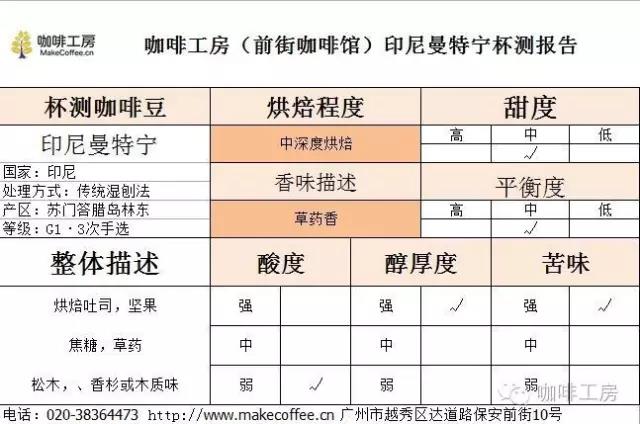
1. Light baking: small Fuji ghost teeth grinding 3.5, water temperature 90 degrees, gouache 1:15
2. Medium and deep baking: small Fuji ghost tooth grinding 4, water temperature 88 degrees, gouache 1:15
3. Deep baking: small Fuji ghost teeth grinding 4.5, water temperature 86 degrees, gouache 1:15
(Qianjie coffee is generally lightly roasted with a 20-mesh sieve bowl to 80%, and then hand-flushed, while medium-and deep-baked coffee is sifted to 70%.)
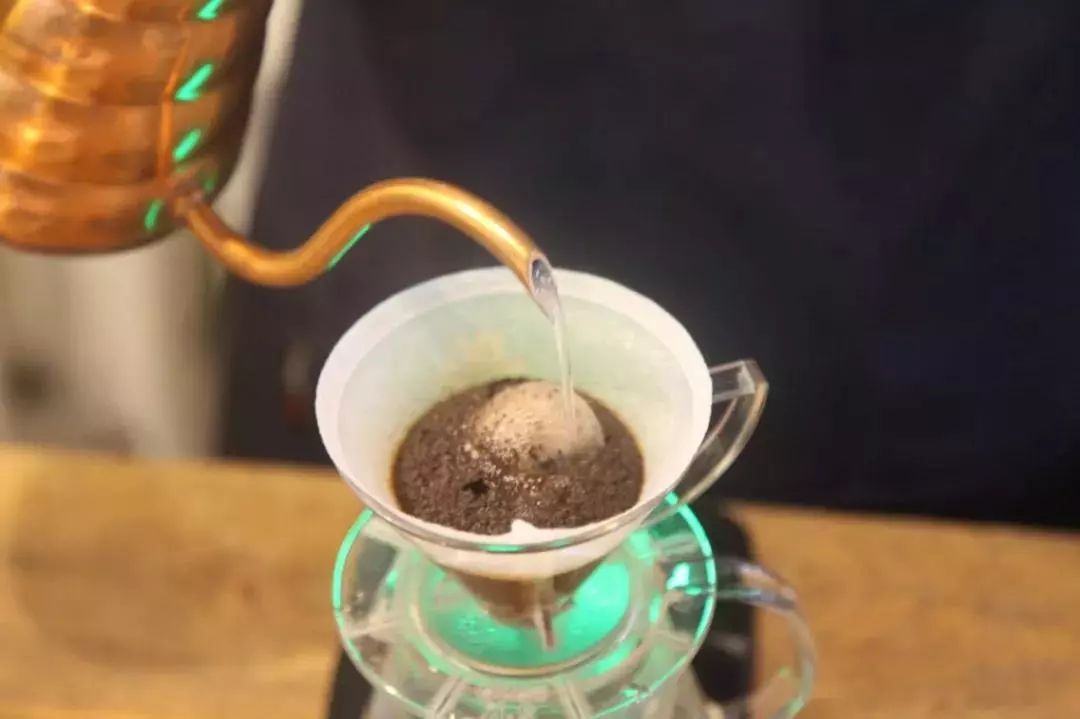
[results of coffee brewing in Qianjie]
1. Light baking: under this baking degree, Mantenin has a strong sour taste, slightly bitter, obvious acidity, but the entrance is very comfortable, with a smooth feeling on both sides of the mouth.
2. Medium-deep baking: the sense of balance is very good, the aroma is rich and mellow, the bitterness is obvious, the chocolate and slight sweetness are more prominent, the licorice aroma is obvious, the fruit acidity is weak, the smooth feeling is better than light, the fragrance is strong, and the fruit acidity is obviously improved.
3. Deep baking: almost no sour taste, bitter taste is very heavy, if baked directly, then slightly improper baking will produce charred smell.
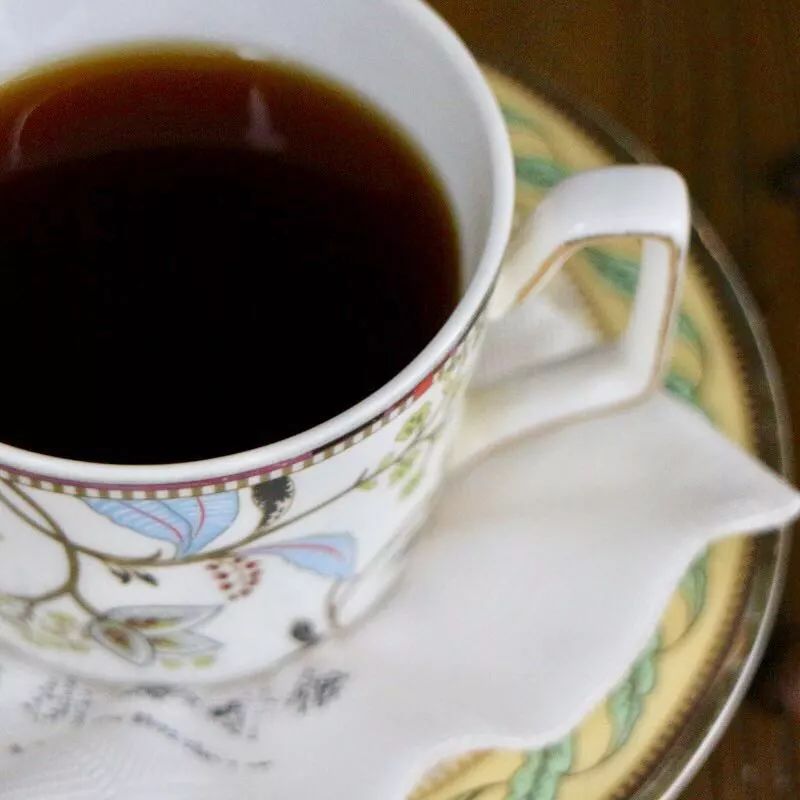
1. Choice of appliances: Hario V60
two。 The temperature of the water: 88 degrees
3. Thickness of powder: small Fuji grindability 4
4. Depth of baking: medium and deep baking
5. Steaming time: 25 seconds
Qianjie coffee technique: [three times cut off water] hand flush Mantenin, 15g powder, 4 grinding of small Fuji ghost tooth cutter, V60 filter cup, 88-89 degrees water temperature, 30g water injection for the first time, steaming for 25s, water cut off to 104g water, waiting for powder bed water to half and then water injection, slow water injection until 220g water, 5 grams at the end, gouache ratio 1:15, extraction time about 2:00
Qianjie Coffee Manning is extracted with volcanic flushing, flannel or kono is also available.
Qianjie coffee brewing technique: high temperature extraction, water temperature 90-92 degrees, small water injection in front, size and position of one-yuan coin, cut off water, stew, cut off water, stew, keep powder in steaming state, steaming time 1:30, and finally fast extraction by large water flow, the total extraction time is 2:30.
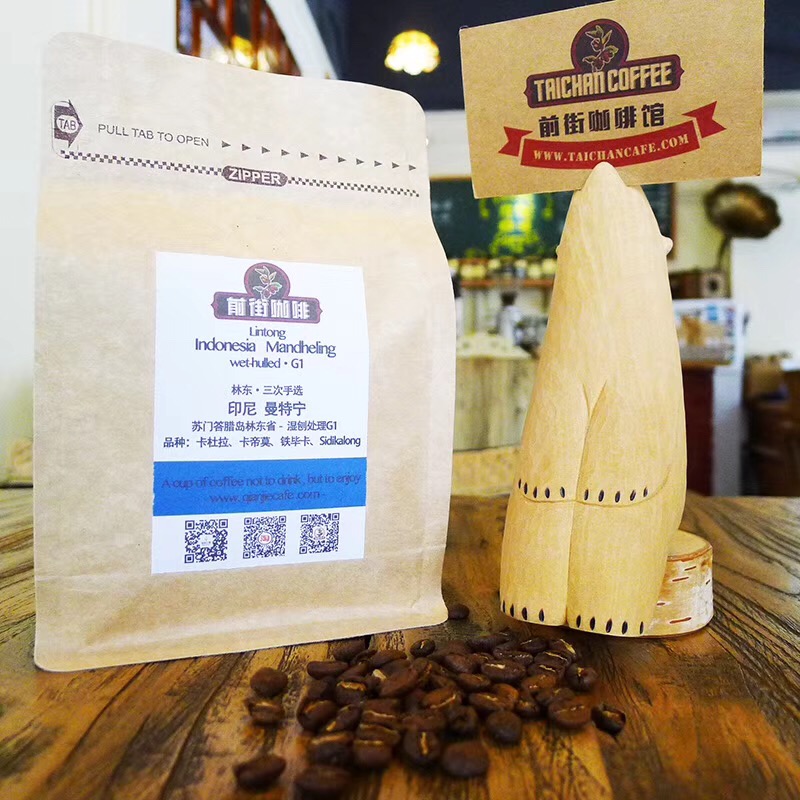
For more professional coffee exchanges, please scan the code and follow Wechat: qiannjie
Qianjie, Indonesia Sumatra Mantenin boutique coffee beans 100g small package
Taobao link: https://item.taobao.com/item.htm?spm=a1z10.5-c-s.w4002-15673140460.21.e0bb54bdWPVCtV&id=565483517432

Please indicate the source of the reprint.
Important Notice :
前街咖啡 FrontStreet Coffee has moved to new addredd:
FrontStreet Coffee Address: 315,Donghua East Road,GuangZhou
Tel:020 38364473
- Prev
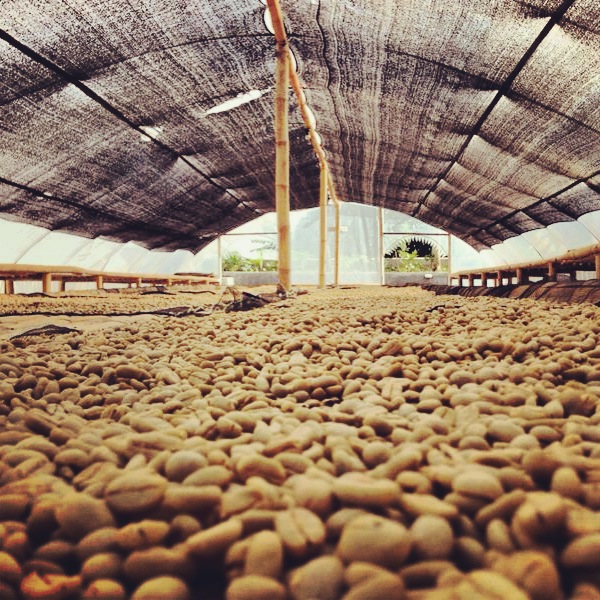
West Java Elkini | the story of West Java coffee, the flavor and taste of West Java coffee beans
What is the flavor and taste of boutique coffee beans in West Java Edini coffee? The story about West Java coffee? ▲ Click to follow | Daily boutique coffee culture magazine coffee industry exchange please add private Wechat Qianjie boutique coffee, WeChat: (long click to copy) qianjiecoffee West Java Honey Processing West Java honey treatment 01 | production area profile Indonesia
- Next
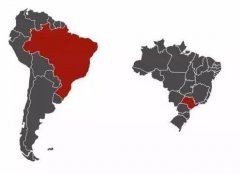
Queen's Manor Huang Bourbon | COE Changsheng Manor, Brazilian Queen's Manor, tropical fruit flavor
[manor introduction]: this coffee comes from FazendaRainha (Queen's Manor), which covers an area of 280mu and is located in Vale da Grama, an ancient volcanic valley in Brazil. In 2011, the manor won the championship in the COE competition in Brazil. Fazenda Rainha is owned by the prestigious and respected coffee family Carvalho Dias family.
Related
- Detailed explanation of Jadeite planting Land in Panamanian Jadeite Manor introduction to the grading system of Jadeite competitive bidding, Red bid, Green bid and Rose Summer
- Story of Coffee planting in Brenka region of Costa Rica Stonehenge Manor anaerobic heavy honey treatment of flavor mouth
- What's on the barrel of Blue Mountain Coffee beans?
- Can American coffee also pull flowers? How to use hot American style to pull out a good-looking pattern?
- Can you make a cold extract with coffee beans? What is the right proportion for cold-extracted coffee formula?
- Indonesian PWN Gold Mandrine Coffee Origin Features Flavor How to Chong? Mandolin coffee is American.
- A brief introduction to the flavor characteristics of Brazilian yellow bourbon coffee beans
- What is the effect of different water quality on the flavor of cold-extracted coffee? What kind of water is best for brewing coffee?
- Why do you think of Rose Summer whenever you mention Panamanian coffee?
- Introduction to the characteristics of authentic blue mountain coffee bean producing areas? What is the CIB Coffee Authority in Jamaica?

